I joined a week-long liveaboard on Galápagos Sky to dive around the Galápagos Islands. We started at Bartolomé Island with a beautiful hike, during which we saw the Galápagos penguin, the only species of penguin found in the Northern Hemisphere.
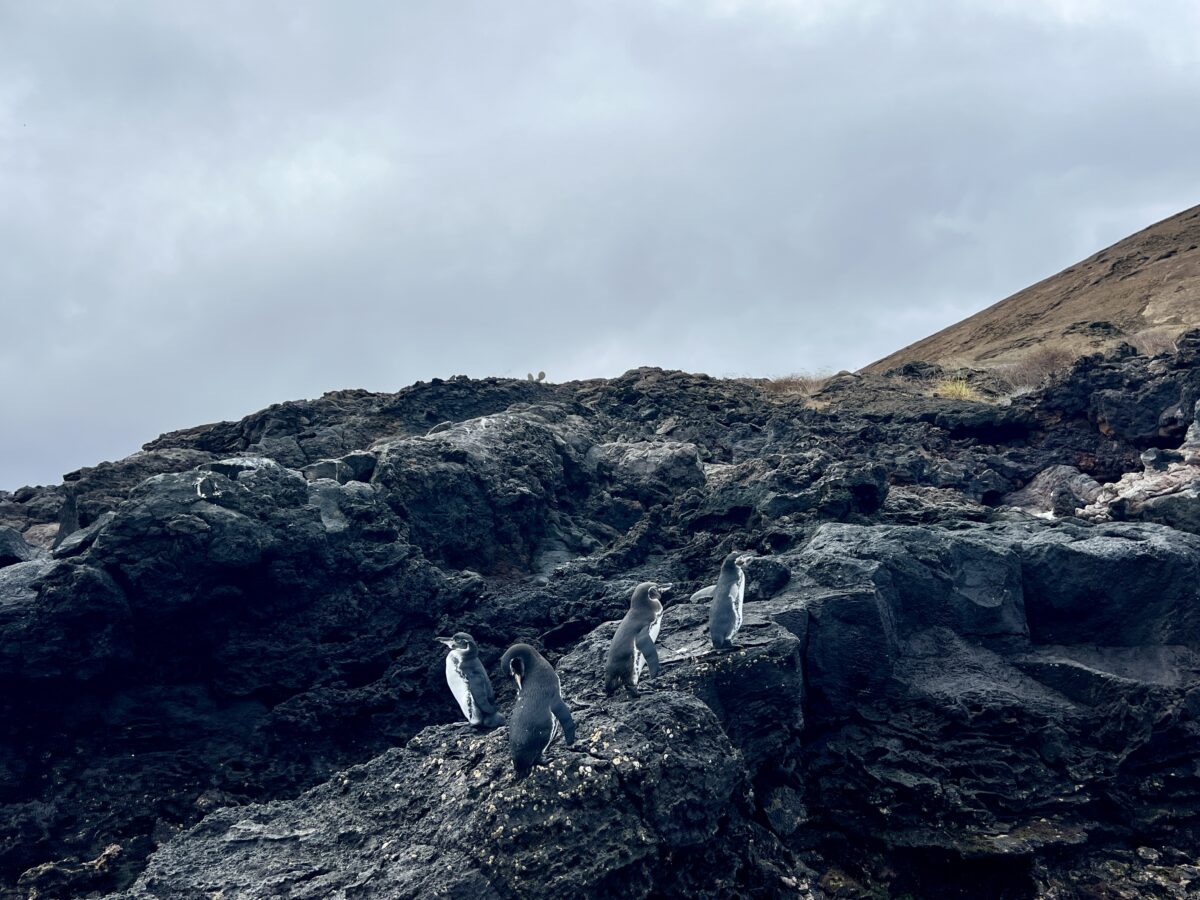
After that, it was time to dive off the island. The biodiversity of these islands is astounding! In one dive, we saw playful sea lions, whitetip reef sharks, spotted eagle rays, green sea turtles, schooling barracudas, corals, and more.
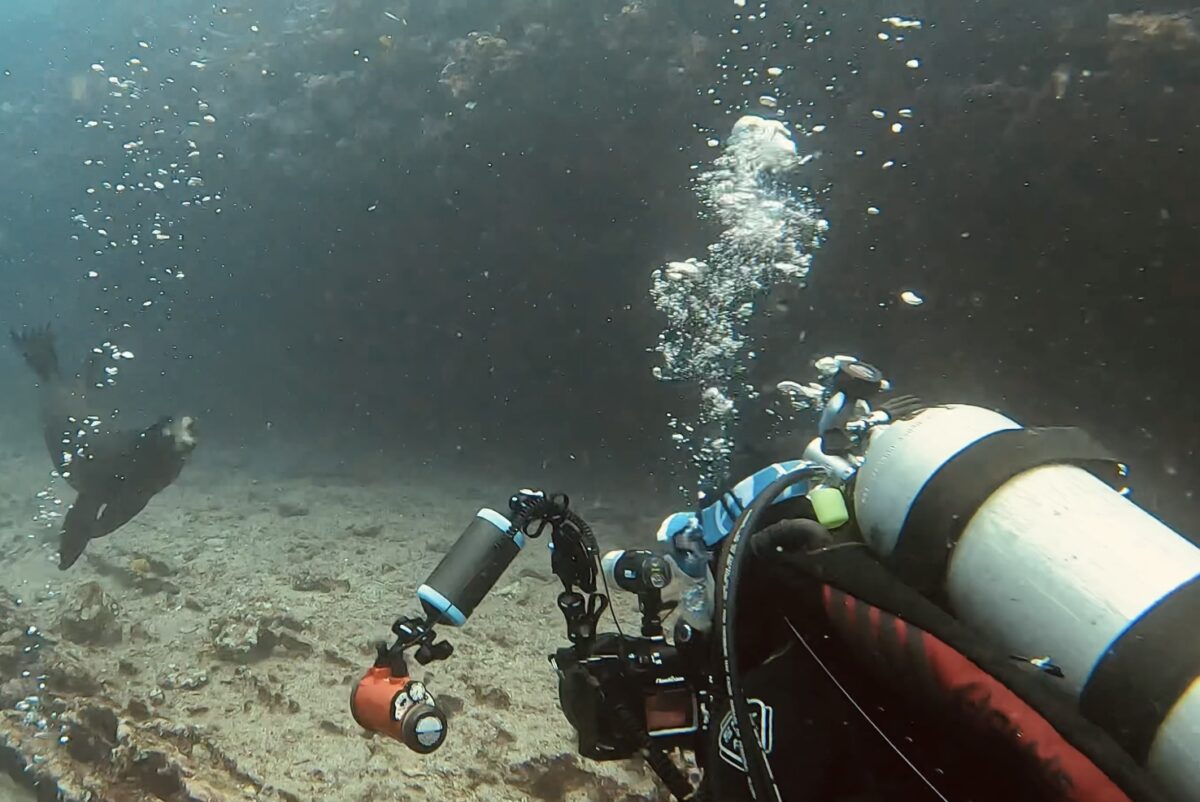
The next day, we headed to Wolf Island, where I saw hammerheads for the first time! These sharks are known to aggregate in the northern Galápagos Islands and it was incredible to watch them swim by from the reef. Sadly, this species is Critically Endangered on the IUCN Red List, a classification given to species at high risk of extinction. In the Galápagos Marine Reserve, the Charles Darwin Foundation’s Shark Ecology and Conservation Program is tagging these hammerheads to monitor movement and bycatch rates to inform conservation measures.
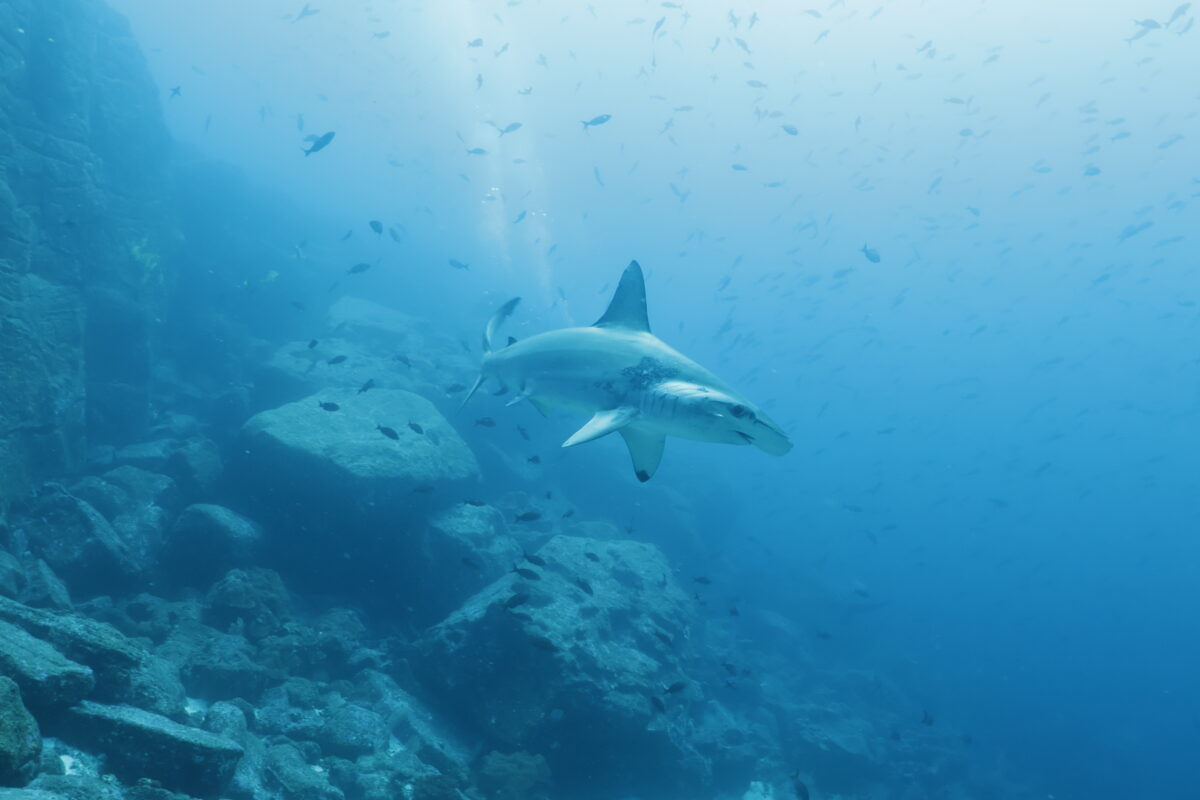
I also practiced using my macro lens during a night dive full of colorful sea cucumbers and even an octopus!
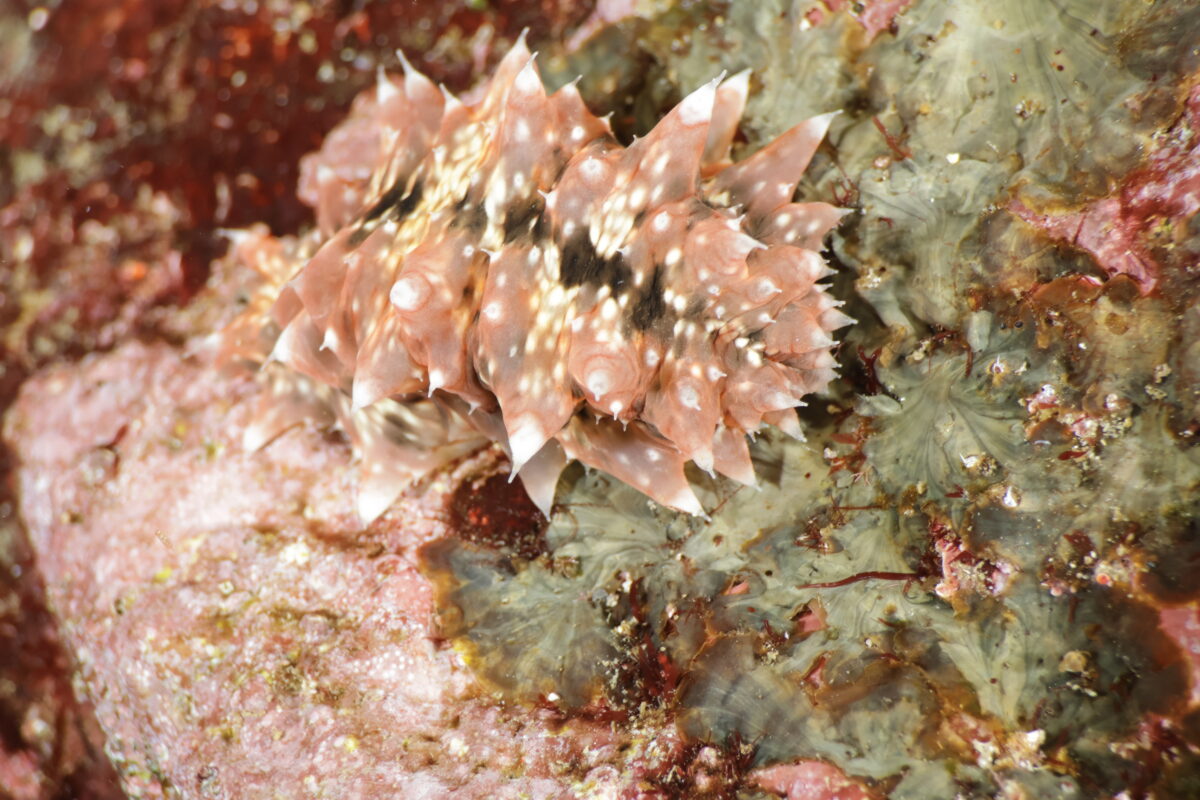
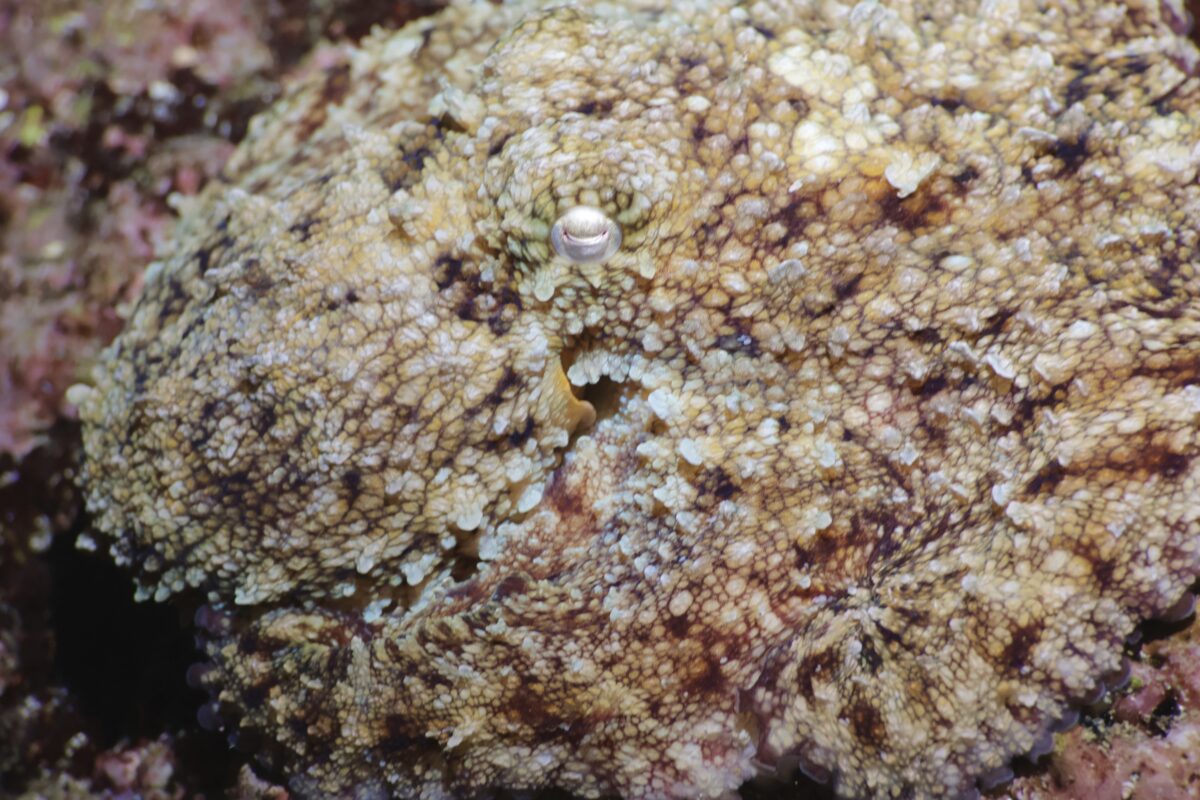
The next few days were spent at Darwin Island, my favorite part of the trip! On my first dive, we had finished an amazing dive full of scalloped hammerheads, Galápagos sharks, and schooling barracuda. As we headed up for a safety stop, I happened to look down, and suddenly, a whale shark appeared below me! It was a magical experience to be in the water with the largest fish in the ocean. We ended up seeing more on every dive we had there!
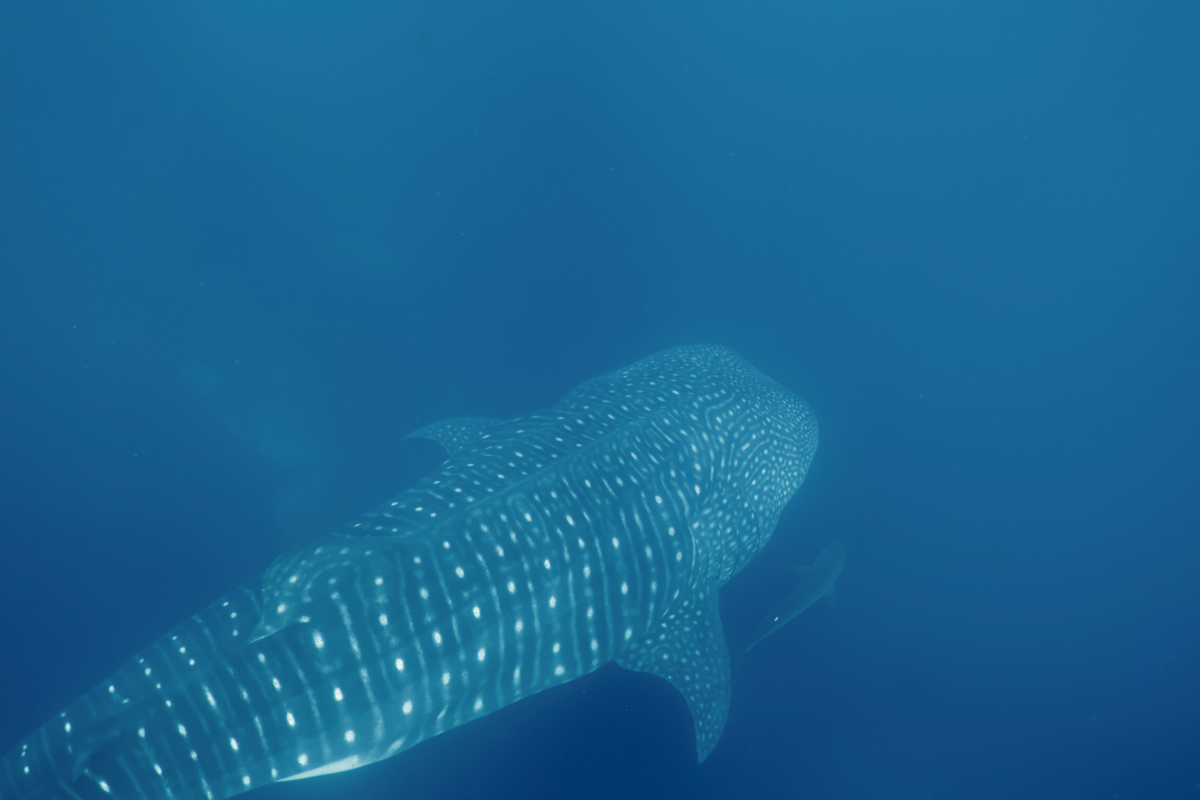
The journey ended with dives in Cabo Marshall and a tour of the Galápagos Tortoise Reserve. Once again, I was lucky to witness giants- manta rays and the Galápagos giant tortoise.
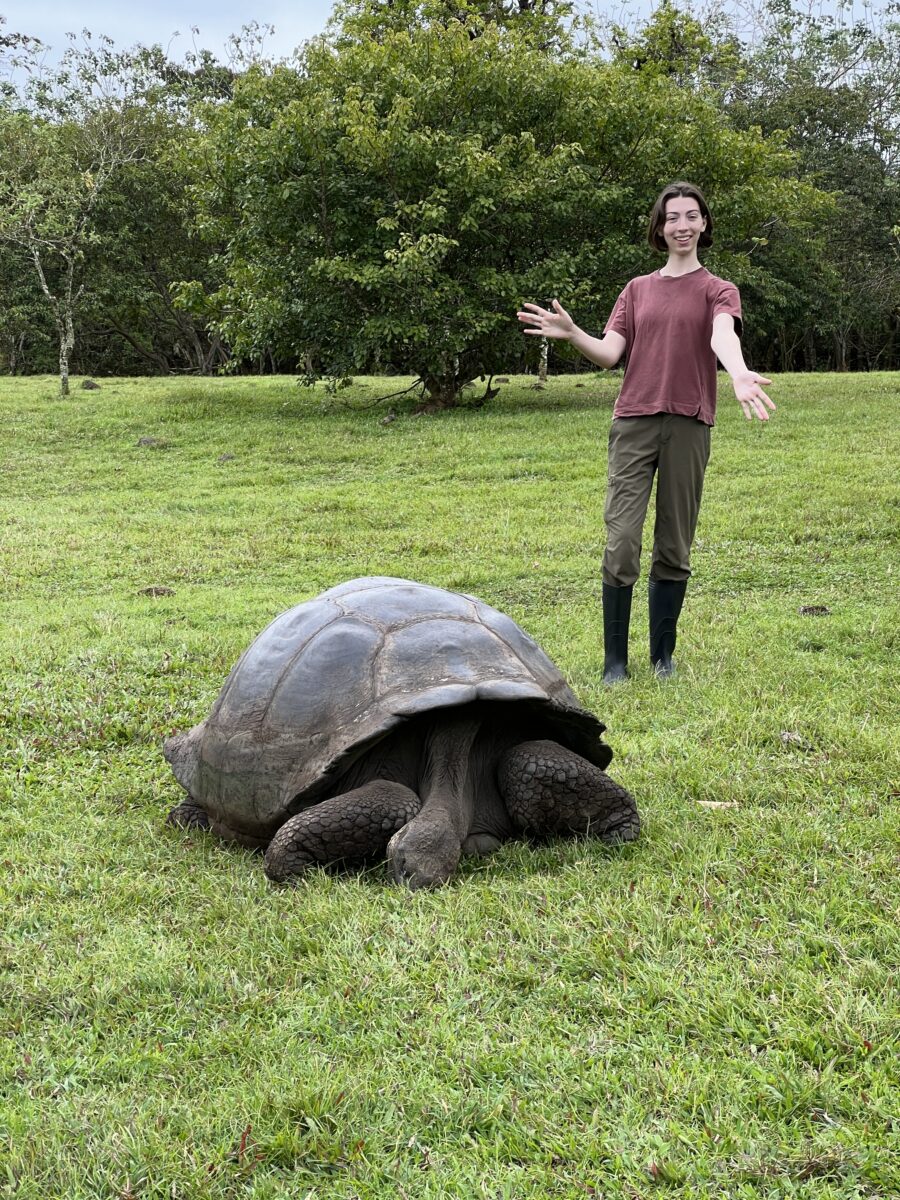
Throughout this experience, I also learned a lot about the history and biodiversity of the islands from the amazing dive guides. This volcanic archipelago is relatively geologically young and all the islands are different ages. It was really interesting to see how the younger islands, with little vegetation and life compared to older, more lush islands. 20% of marine species and 80-90% of bird and terrestrial species are not found anywhere else in the world, so it was amazing to be able to witness this biodiversity hotspot.
In addition to the amazing natural environment, this experience included incredibly knowledgeable local guides and a fantastic crew! Thank you, Galápagos Sky, for having me and making this experience fun and memorable!

Thank you to the Our World-Underwater Scholarship Society and our sponsor Rolex for making this scholarship experience possible. I would also like to thank Reef Photo and Video, Nauticam and Light and Motion for my underwater camera setup as well as Aqualung, Fourth Element, Suunto, Halcyon, and DUI for my diving equipment.